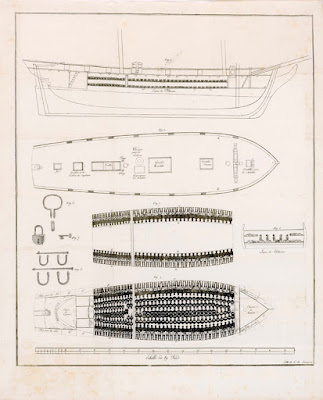Slavery (a Tool of Colonialism) and Whiteness: a Legacy of Brutality

Part 2 of a 3 part series on Whiteness and colonialism. [This post is in no way meant to be an exhaustive historical analysis of Slavery and Whiteness. It is meant to introduce the topic and is meant as a tool for discussion. Time limitations prohibit me from writing more extensively on this topic. Thank you for reading.] Plan of the Slaver Vigilante. Image source: http://goo.gl/BTYfpC "...northern European settlers and traders, such as the English and Dutch, had less prior exposure to sub-Saharan Africans, or to Mediterranean slavery systems. Their laws for establishing chattel slavery formed primarily in the context of the New World, with a heightened economic incentive to secure slavery for plantation agriculture through rigid racial hierarchies." http://ldhi.library.cofc.edu/exhibits/show/africanpassageslowcountryadapt/sectionii_introduction/contrasting_beginnings_of_slav Slavery and Whiteness Slavery and Whiteness go together li...

